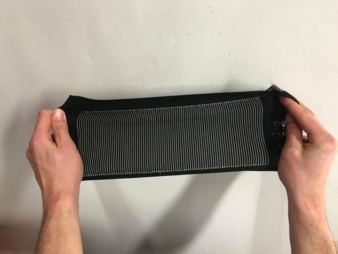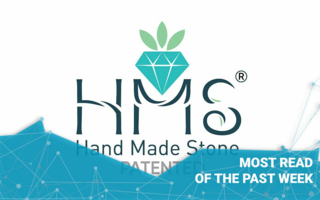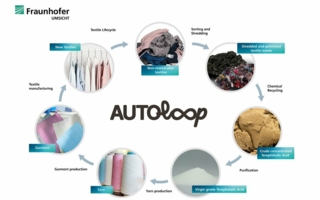14/06/2021 – Sport textiles — auf Deutsch lesen
DITF: Heatable compression textiles
As part of a research project, the DITF are developing sports textiles that combine compression with active heat using heatable yarns.
Compression textiles have been shown to stimulate tissue circulation and support lymphatic drainage. This supplies the muscles more effectively and detoxifies them. After exercise, heat causes rapid regeneration of muscles, tendons and fascia. It increases the feeling of well-being and can even accelerate the healing process if fine tears or inflammations have occurred in the muscle during training.
Functional sports textiles promise to improve performance.
They are now not only used by professionals, but have also arrived in recreational sports.
During training and following regeneration, compression and warmth play an important role.
Knitting technologies are established for compression textiles. Heatable compression textiles are developed on flat knitting machines in one piece as a “full garment” part. In this process, sensitive, stretch-resistant conductive yarns must be integrated into highly stretchable textile surfaces. Sports textiles are exposed to high thermal, chemical and mechanical stresses. The combination of frequent washing, mechanical stress and perspiration place high demands on the material.
The project is primarily investigating the wear of conductive yarns.
In order for the textile to stand up to practical use and become marketable, not only the optimum yarn but also a robust textile feed concept that supplies the heating surfaces with energy is being developed.
Optimized knitted structures have the task of preventing short circuits and ensure that the textile does not heat up locally, so that no so-called “hotspots” are created.
In addition to the textiles, the project is also developing the electronics for the energy supply. The research project is funded as part of the Central Innovation Program for SMEs (ZIM). Project partners are warmX from Apolda and Ingenieurbüro Günter from Esslingen.




